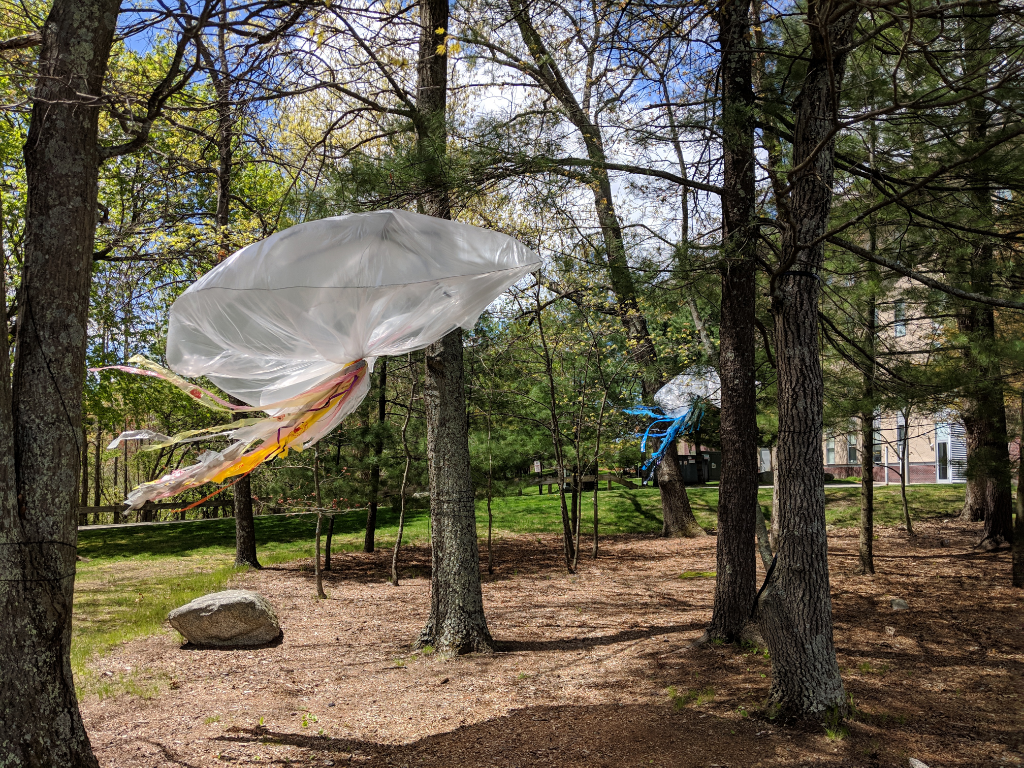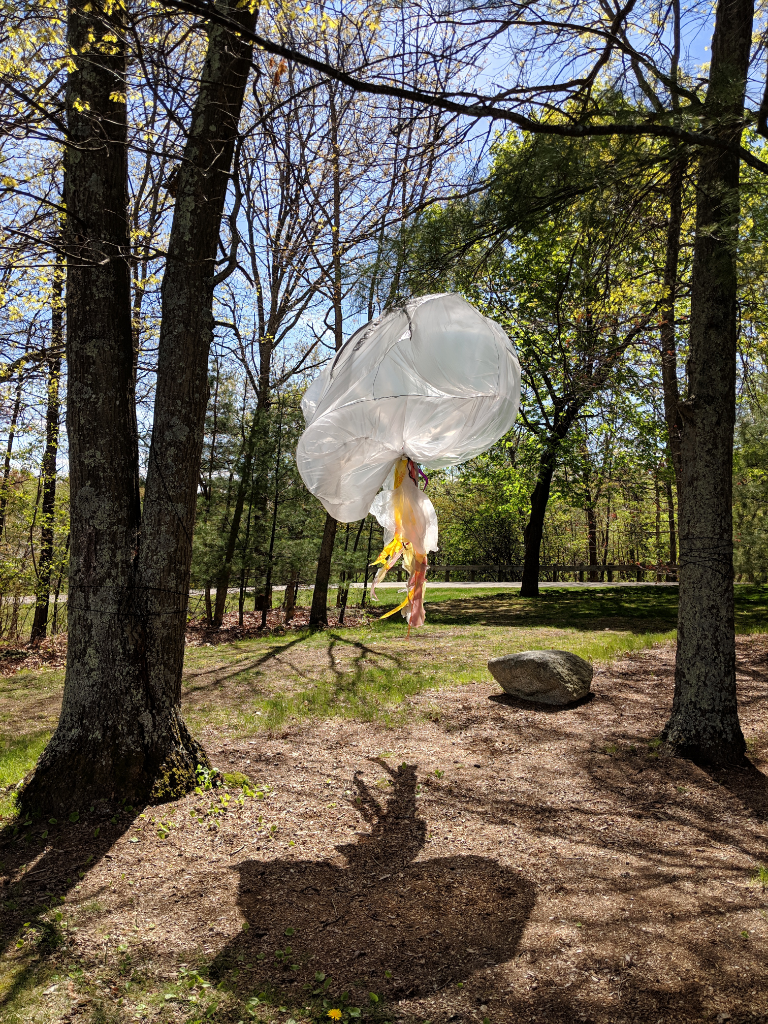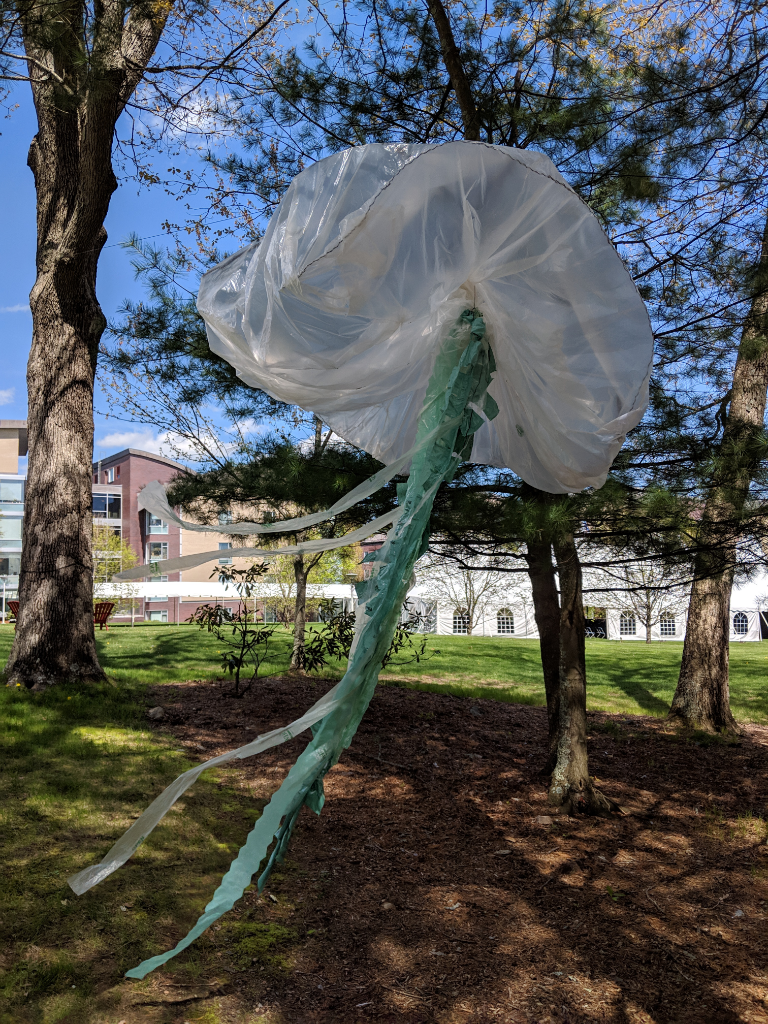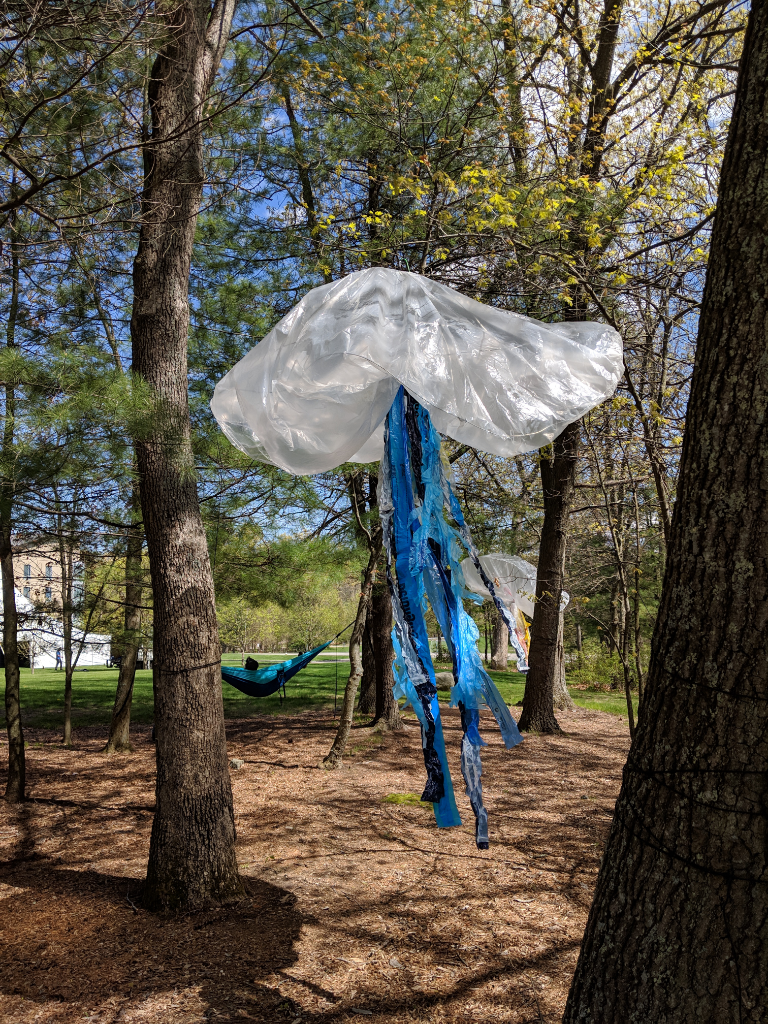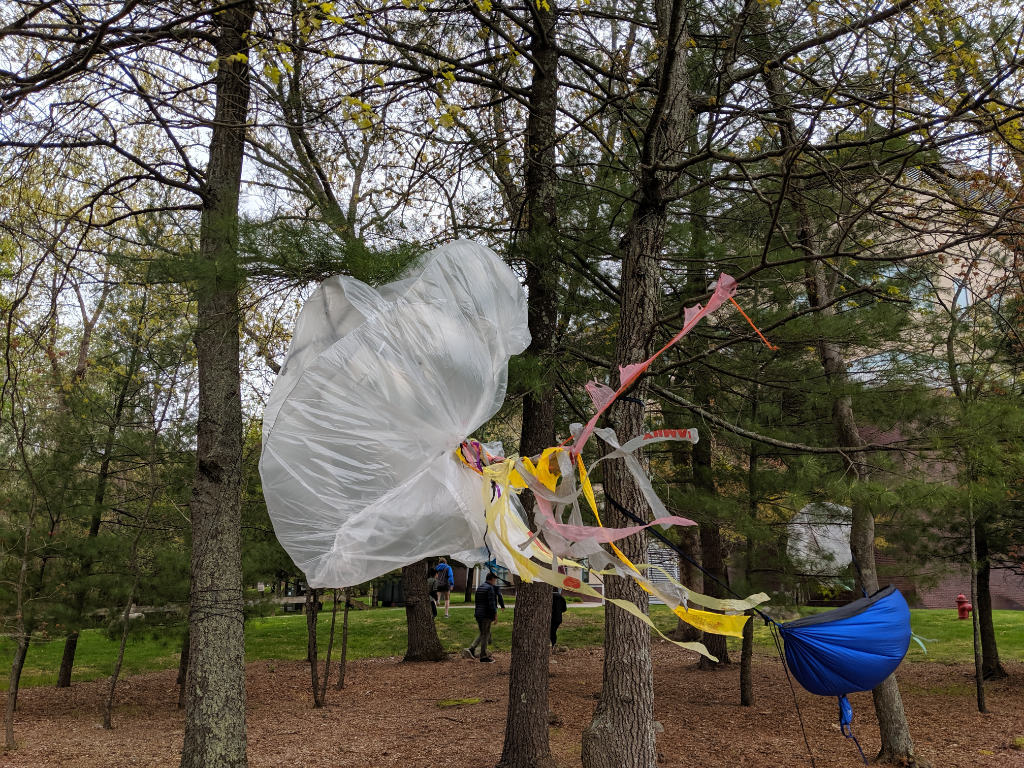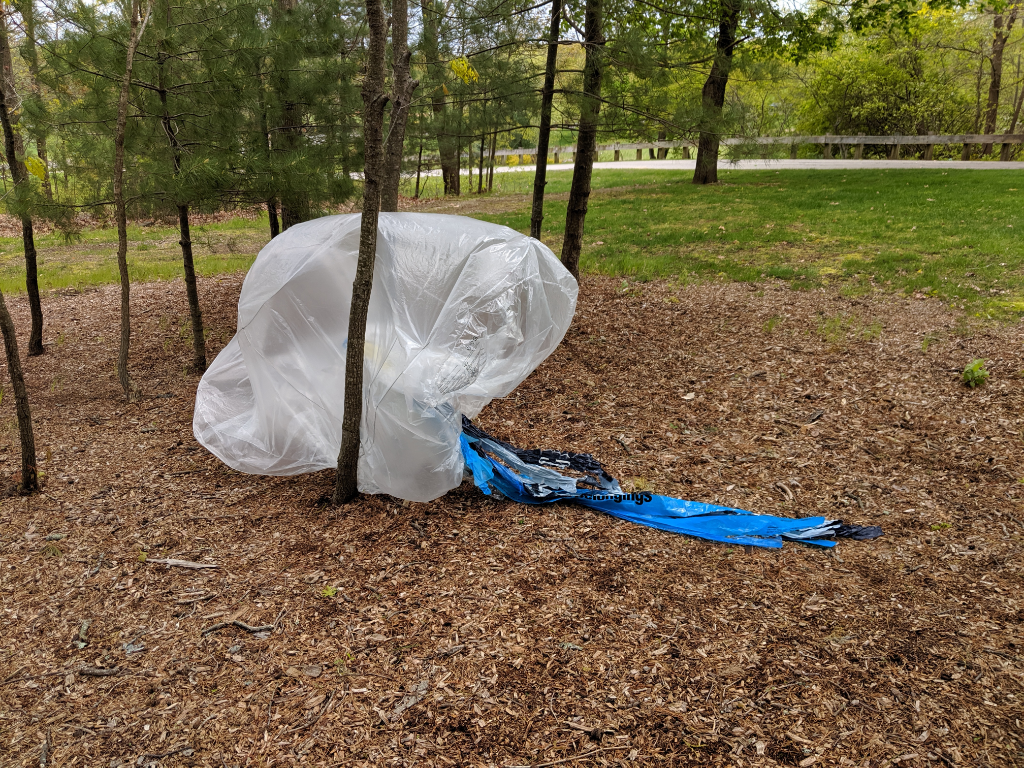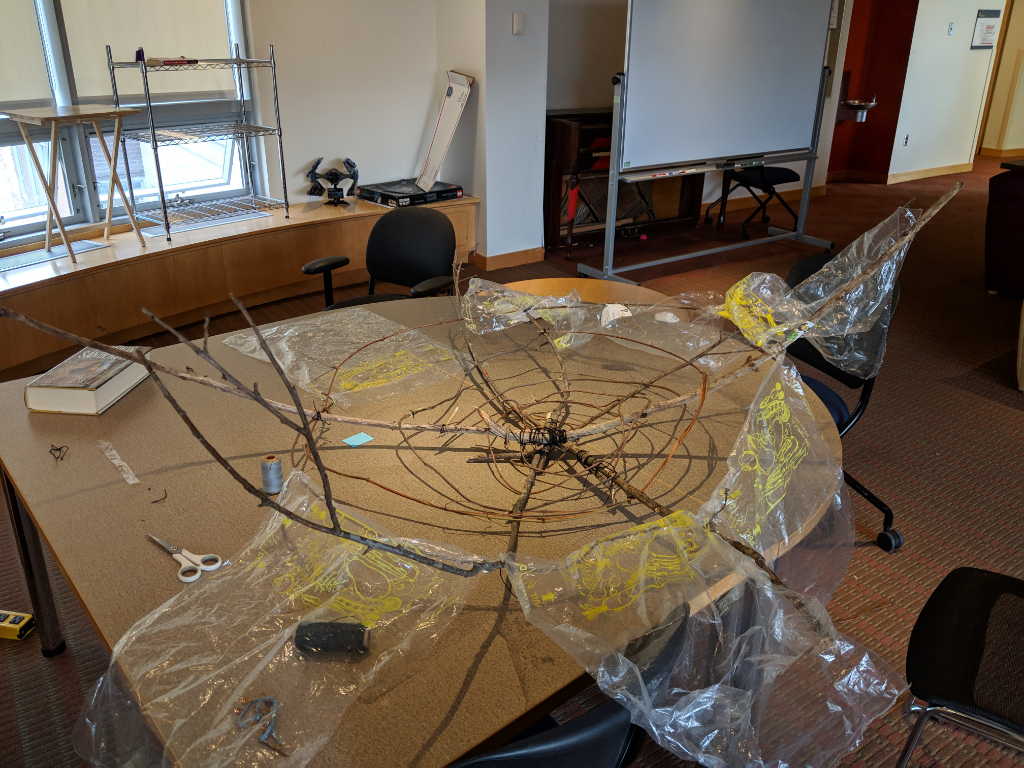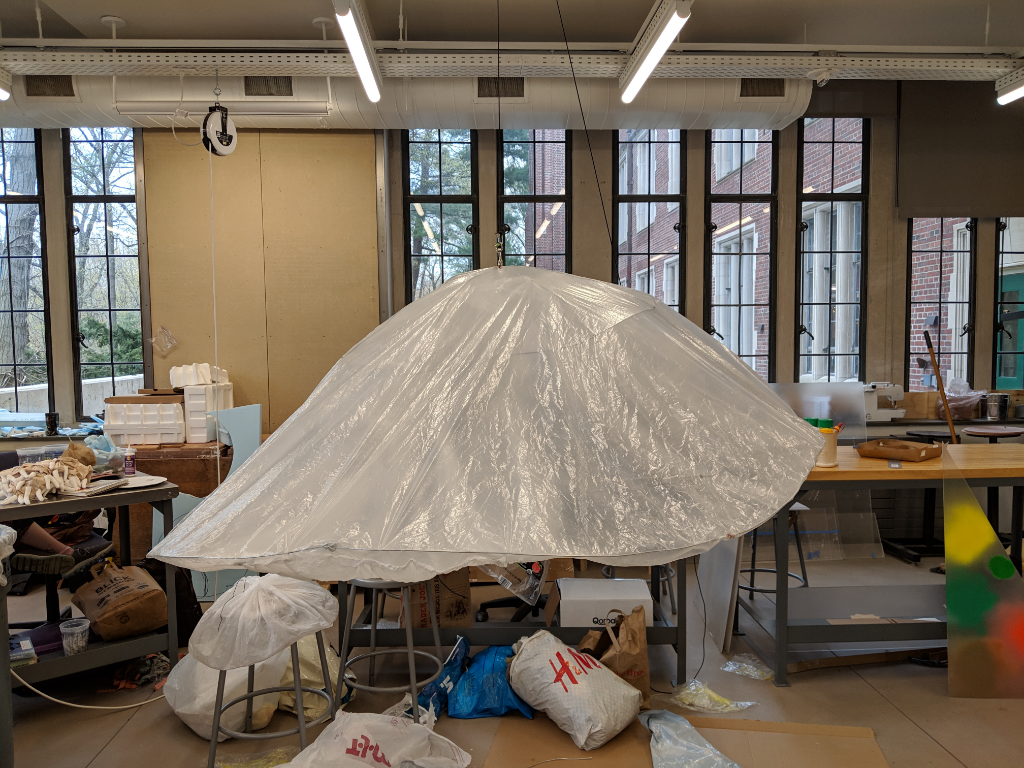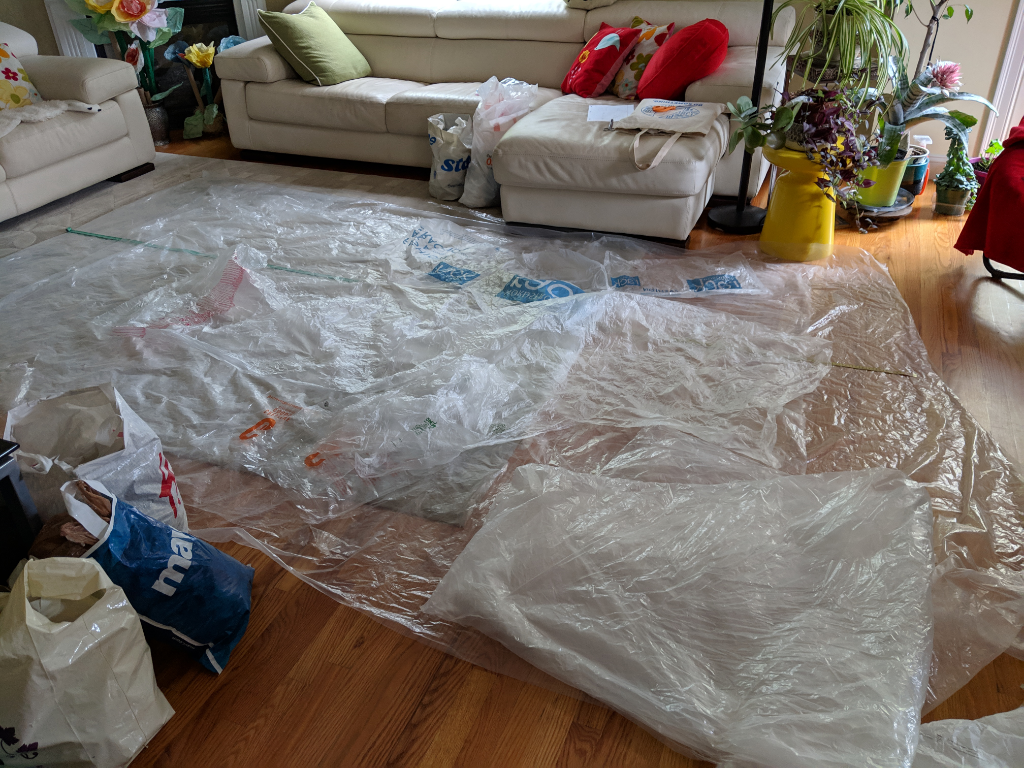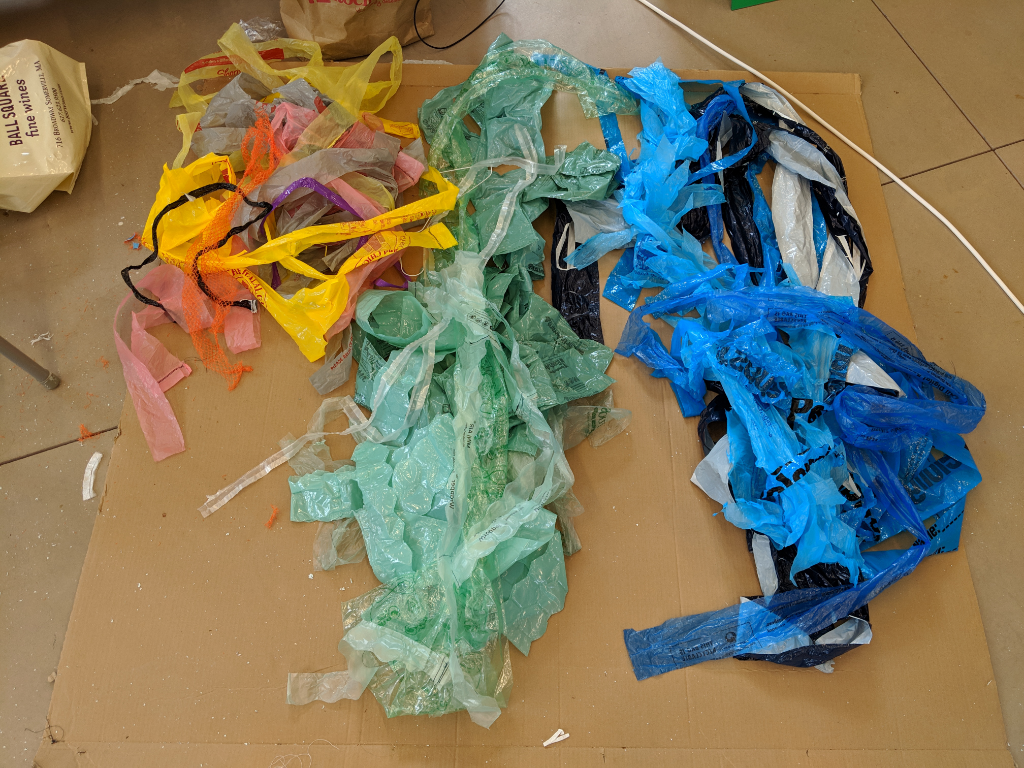For the best video experience, watch with the sound on!
We do not notice the signs of climate change until they are at our doorstep. When jellyfish blooms began clogging filtration systems and negatively impacting the economy, suddenly, people were interested.
I wanted to create a different type of conversation about climate change by creating a speculative future where jellyfish physically invade our land territory.
